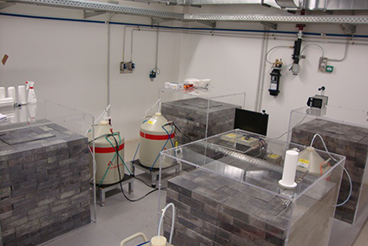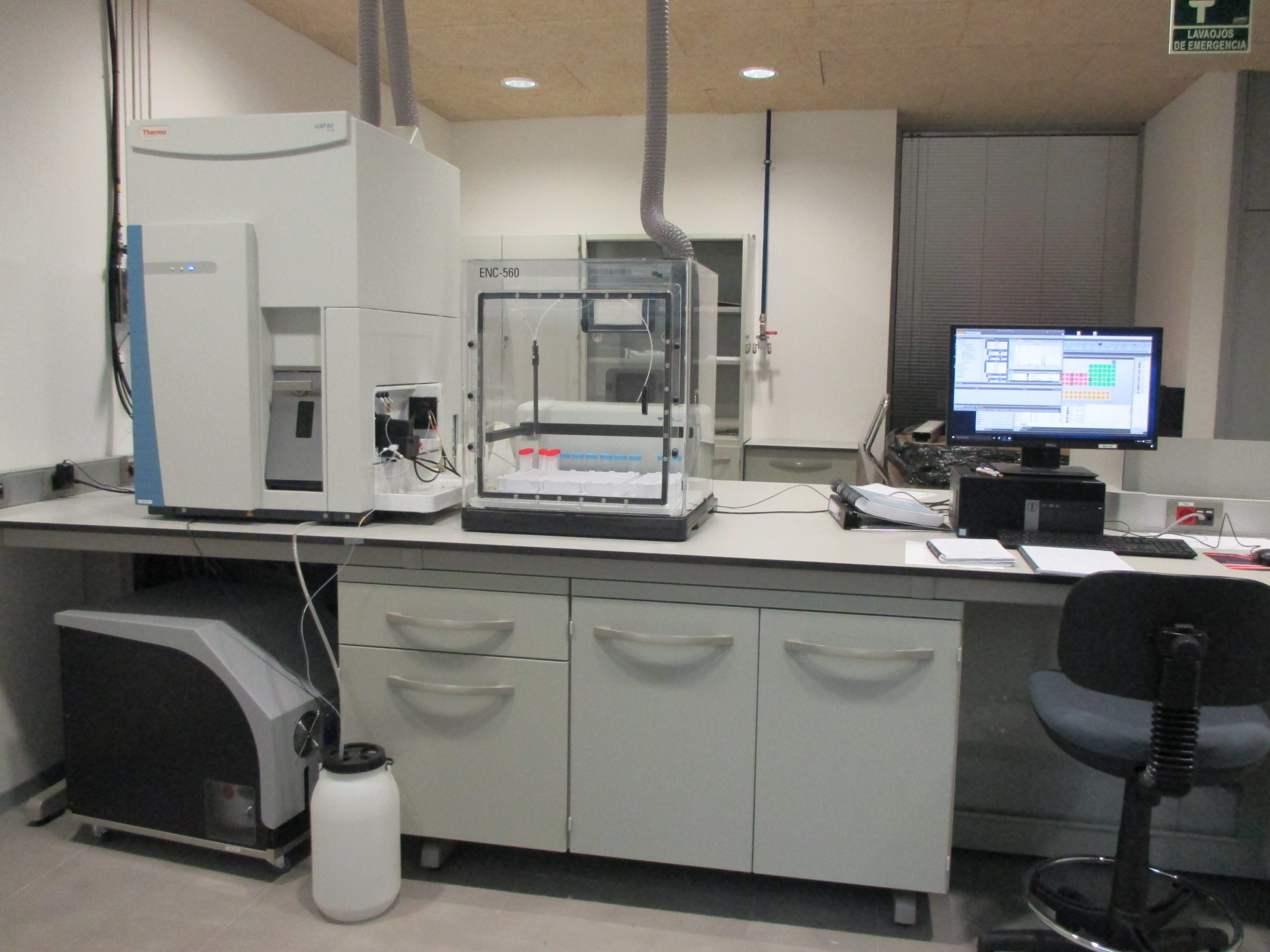To support the construction of the experiments in the LSC, a Radiopurity Service was created for ultralow level measurements. The LSC Radiopurity Service is in charge of the following activities:
- Detection Techniques for low-level radioactivity.
- Measurement of the materials to be used in the Detector’s construction to quantify their content of radioactive impurities.
- Measurement of natural radioactivity in environmental samples.
Monte Carlo simulations.
- Radon monitoring inside the Underground Lab with active radon detectors.
The measurement technique employed is gamma spectroscopy with several high purity Germanium detectors. At present, there are five HpGe detectors already taking data in Hall C of the LSC and other two to be mounted before the end of the year. All detectors are coaxial P-type, 2 kg High Purity Germanium, with ~100% relative efficiency, made by Canberra. The electronic systems of all detectors consist of DSA1000 modules made also by Canberra.
Our detectors are capable of detecting activities less than 1 mBq/kg (~10-12 g/g).
As part of the Radiopurity Service the LSC holds an Inductive Coupled Plasma Mass Spectrometry (ICP-MS) facility.
The ICP-MS facility is mainly in charge of the quantitative analysis of 238U and 232Th contamination of the materials to be used in the construction of the experiments.
The facility is currently in development to perform measurements of 40K contamination.
The ICP-MS is capable of measuring a mass range of 2-290 amu.
The detection limit is ~10-14 g/g which corresponds to an activity of ~10-3 mBq/kg in the case of 238U.



